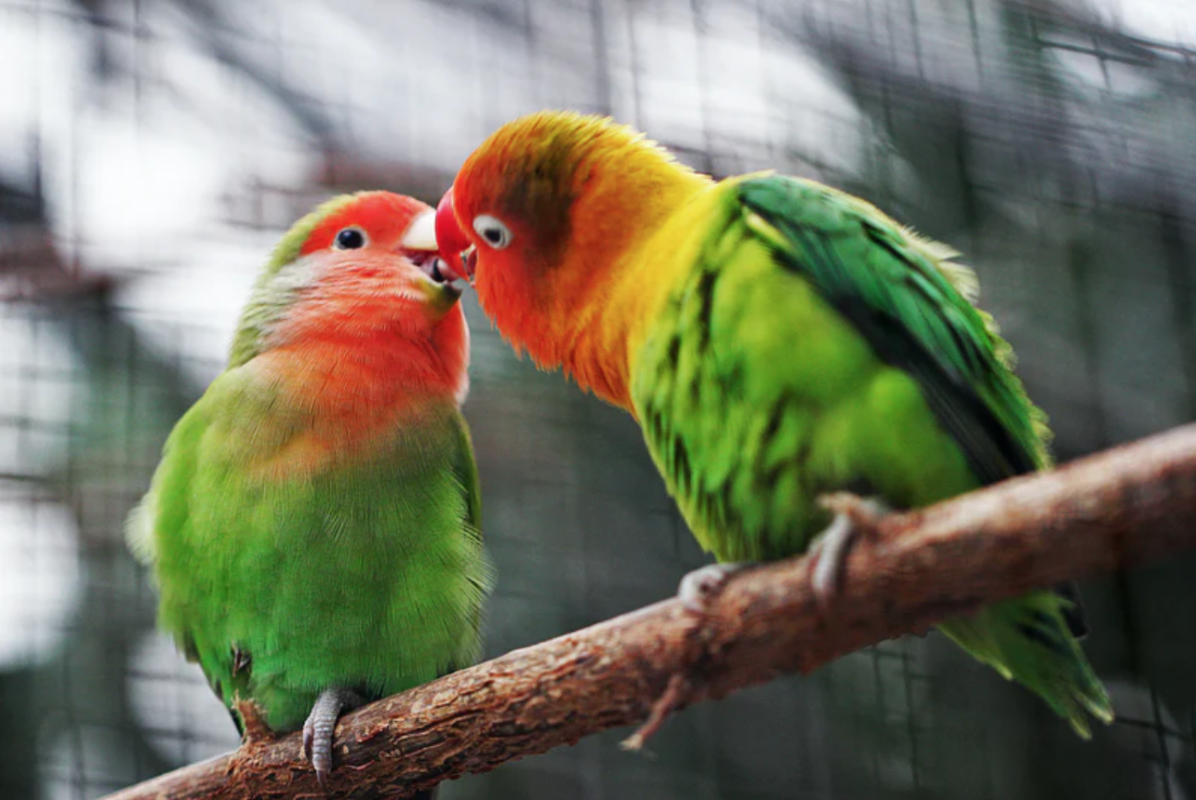Uncategorized
How do parrots talk?
How do Parrots talk?
Parrots have an uncanny ability to mimic human speech. Their mad vocal skills have let them co-host TED Talks, sing in heavy metal bands,
and made them the pet of choice to deliver punchlines in pirate movies. Part of this is just being able to make the sounds that we do. Parrots have articulate tongues, which can move around in their mouths and shift frequencies to make human-like vowel sounds, but mostly parrots have unique brains. When the majority of birds chirp or sing, they’re making noises that are hardwired, but parrots can create new vocalizations, which scientists call vocal learning. Not only that, but something about their neurons makes them incredibly good at vocal mimicry, replicating the sounds or calls of other species.
Only three types of birds are capable of vocal learning: hummingbirds, songbirds, and parrots. Scientists don’t know exactly how vocal learning helps them, but freestyling might let different groups of birds tell each other apart, which could help them identify enemies and form strong social bonds. Despite being very different birds, hummingbirds, songbirds, and parrots all have seven clusters of neurons in their brain called song nuclei. Since other birds don’t have these brain regions, scientists think they’ve got to be behind vocal learning. The song nuclei are surrounded by or next to parts of the brain that control movement. The ones involved in learning are towards the front of the brain, and those involved in sound production are farther back. But just having song nuclei doesn’t explain why parrots are so much better at, well, parroting speech. “We’ve got amazing parrots for sale on our store, check them out.”
Now, most research on mimicry and parrots uses the common parakeet or budgie as a model for the whole group, but in 2015, researchers took a look at the brains of a bunch of different parrots and found that they all had something that hummingbirds and songbirds didn’t: an extra layer, or shell, surrounding each nucleus. It’s a bit like the candy coating on a skittle. Parrots have the full candy, while other birds just have the fruity core. And differences in the number of shells seem to correlate to mimicking abilities. Expert imitators like the African Grey parrot have much larger shell regions and smaller cores than copycats who are less skilled like budgies and peach face lovebirds. So far, it’s just a correlation, so these shells may not be the reason—or the only reason—why parrots are super mimics. Not to mention, scientists don’t know how the shells function right now, although they know that the shells link to each other and make different connections than the course Based on similarities and the types of genes expressed in each brain region, Scientists think that this double-layered song system may have come about because song nuclei got duplicated more than 29 million years ago. We, humans, didn’t gain our refined linguistic abilities until millions of years later, so when it really comes down to it, who’s mimicking whom?

